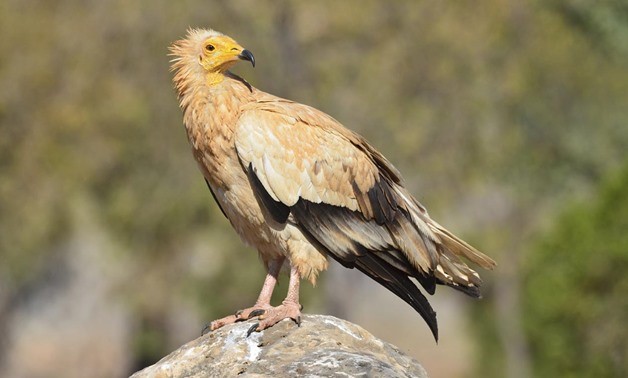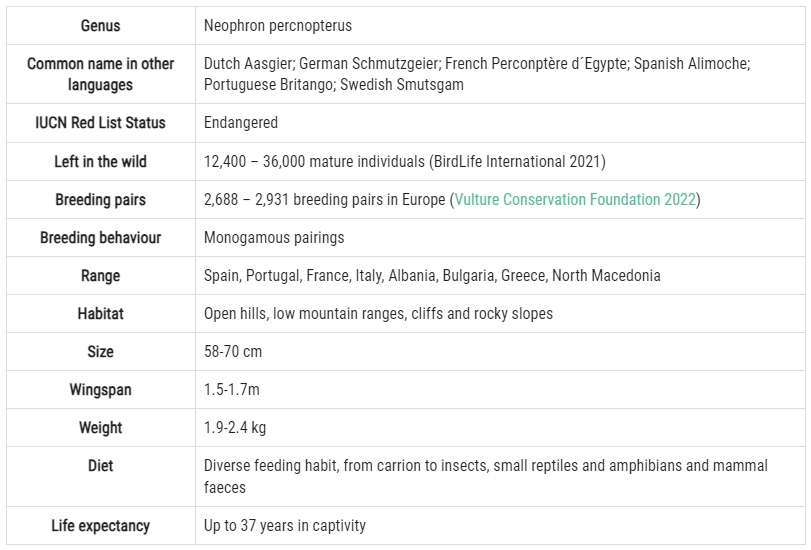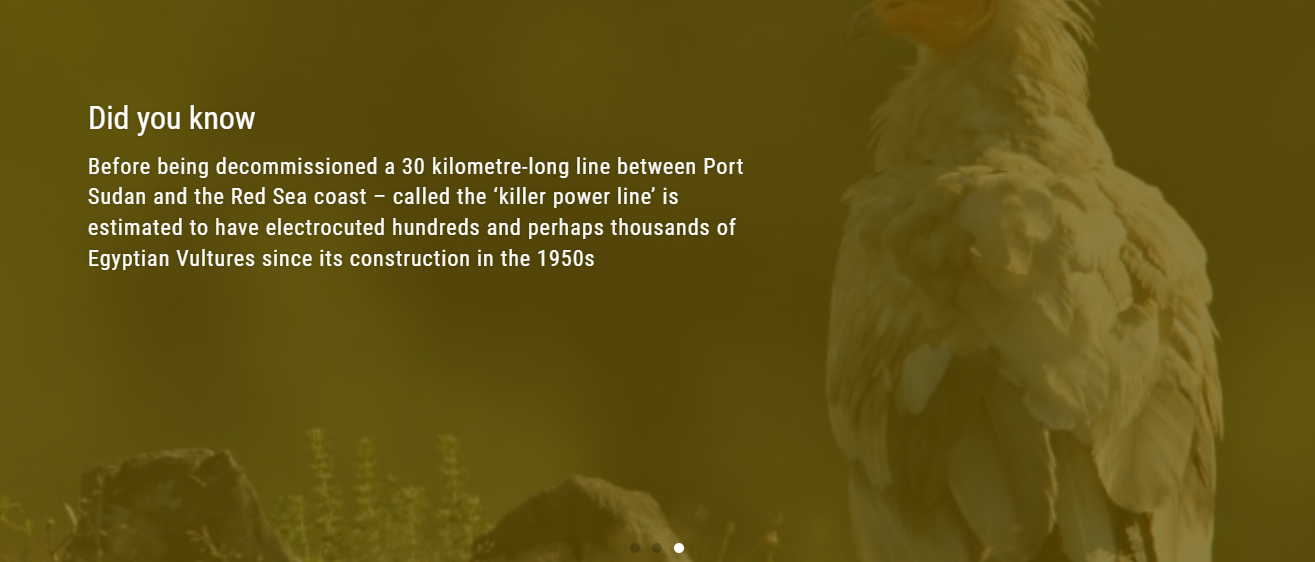Free Courses Sale ends Soon, Get It Now


Free Courses Sale ends Soon, Get It Now



Disclaimer: Copyright infringement not intended.
Context
Egyptian Vulture
About

Distribution
Diet
Nature
Features
Behaviour
Status
Threats

Conservation
|
PRACTICE QUESTION Q. Consider the following statements: 1.The Egyptian vulture is the only European vulture that migrates to Africa in winter. 2.The population of Egyptian Vultures in Europe is in crisis, with a dramatic 90% decline in the last 40 years. 3.Egyptian vulture is widely distributed from the Iberian Peninsula and North Africa to India. How many of the above statements are correct? A) Only 1 B) Only 2 C) All 3 D) None Answer: B) Only 2 50% decline in the last 40 years. |
© 2024 iasgyan. All right reserved